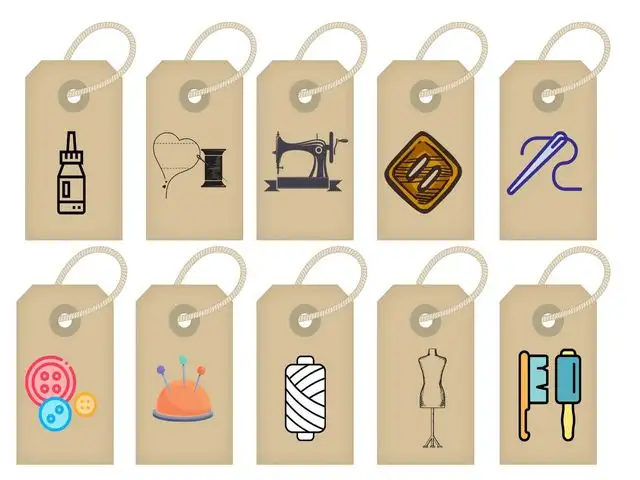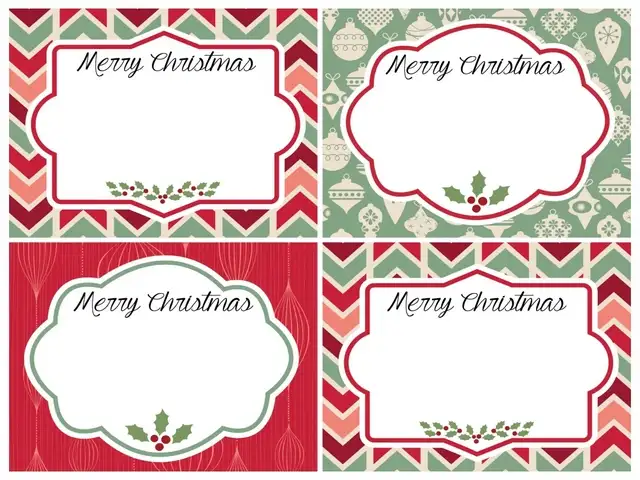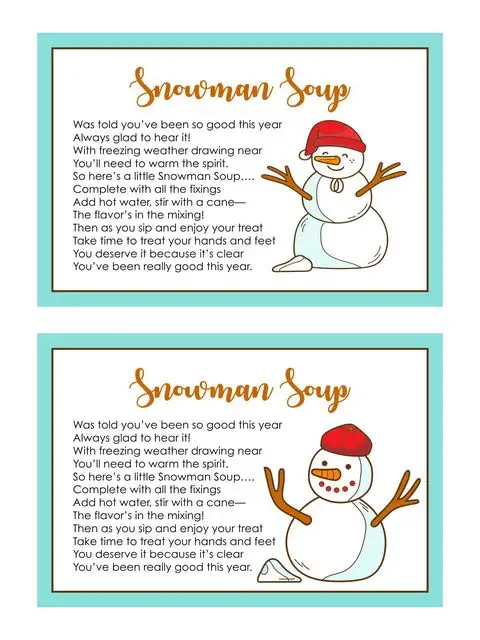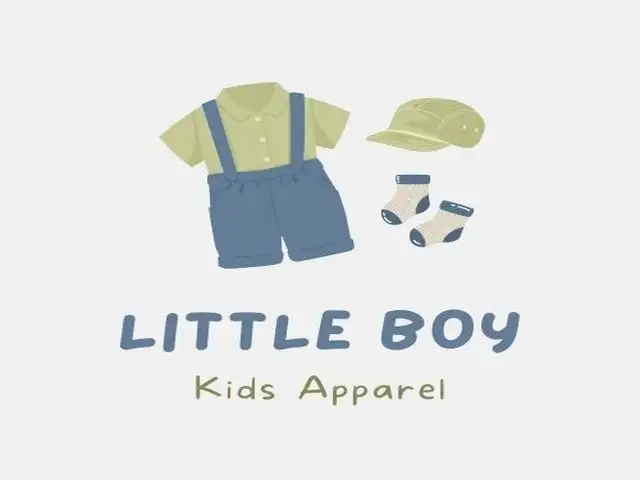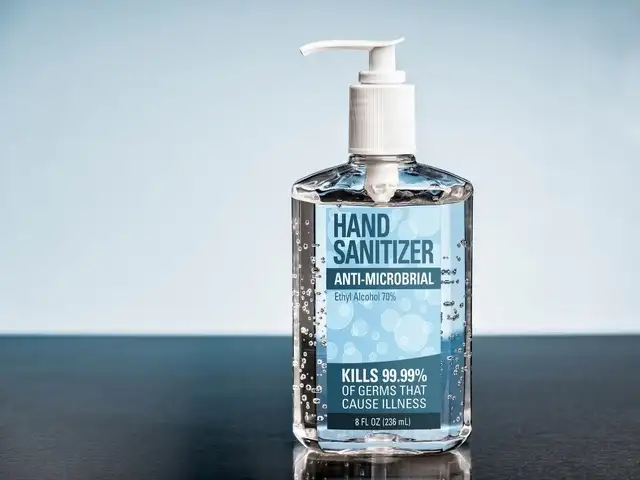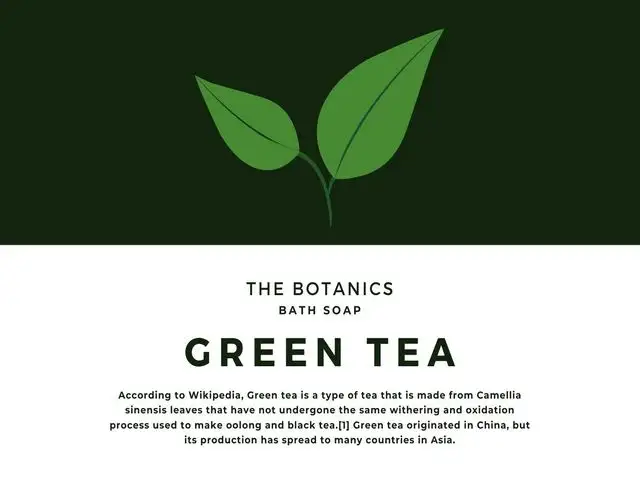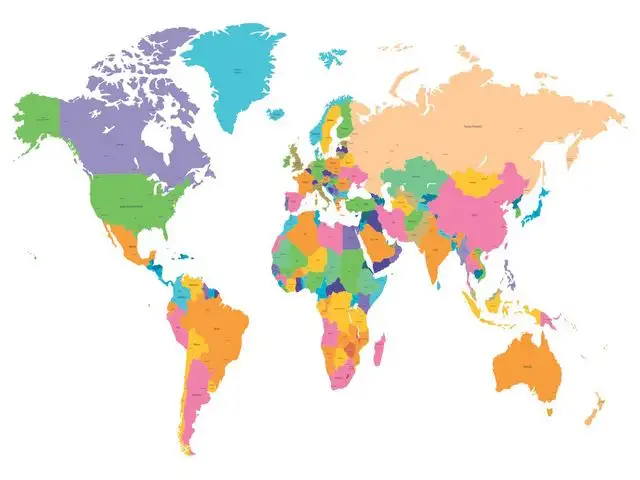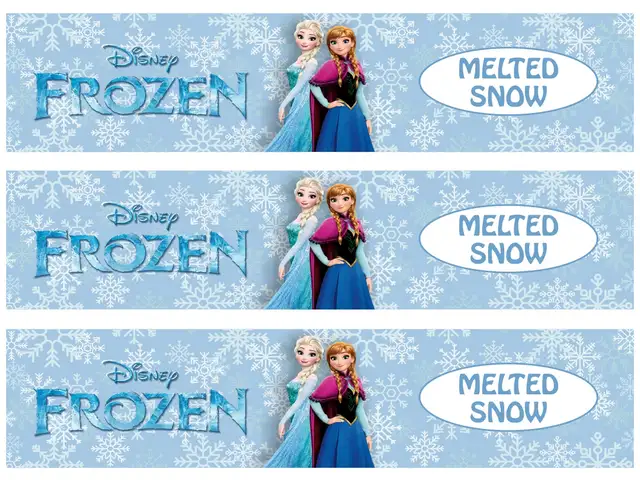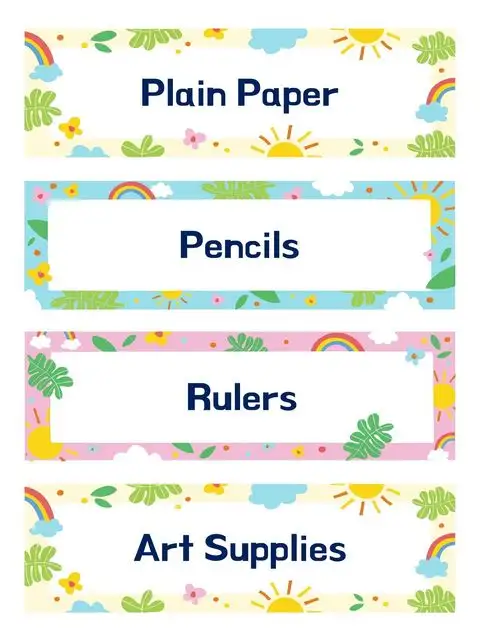
Printable classroom labels can be a great way to organize your class and make it easier for you and your students to remember what’s going on in your room.
The template includes various types of information, from the names of the students in the class, what grade level they are in, who their teacher is, etc.
Classroom labels can be defined as a set of terms, phrases, or descriptions that teachers use to refer to children in their classrooms. They are used to identify children and help them learn, and they can be seen as a type of identity marker. Classroom labels may also refer to the names given by parents or caregivers to their children. These names may be given for many reasons but usually have something to do with how the child looks, acts, or sounds.
Printable classroom labels
The term “label” is a word that describes an attribute or characteristic of something, and labels can describe the attributes of people, objects, places and social groups. In this case, we are talking about the labels that teachers give their students in the classroom.
Teachers use many different kinds of labels to categorize their students. The most common types of labels include:
1) Behavior Labels: These labels describe how students behave in class and usually come with consequences such as rewards or punishments.
2) Academic Labels: These labels help teachers understand each student’s skills and which subjects they excel in.
3) Social Labels: These labels help teachers understand which students get along well with each other and
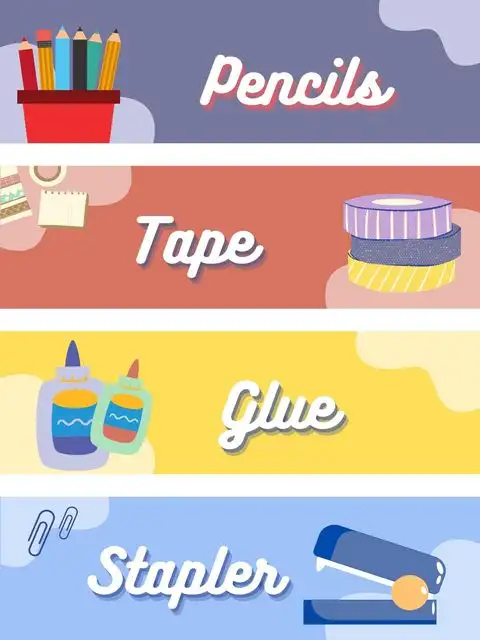
printable classroom labels 01
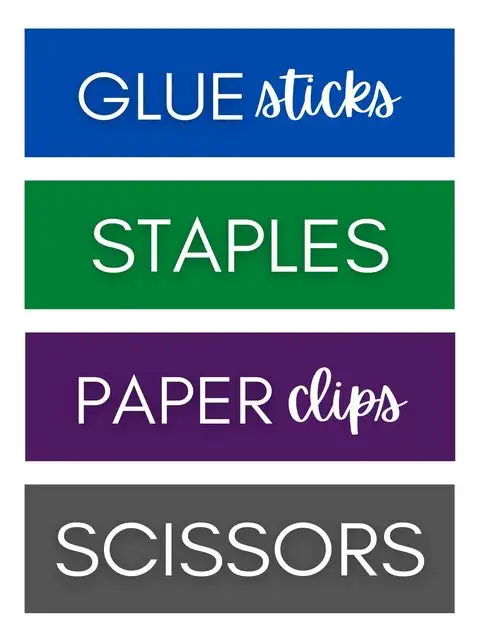
printable classroom labels 02
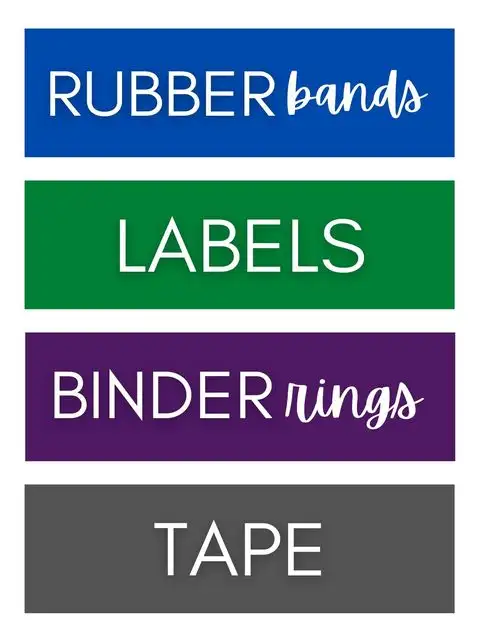
printable classroom labels 03
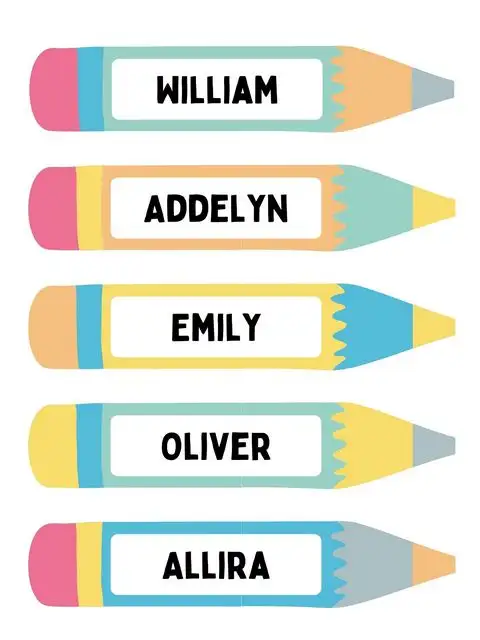
printable classroom labels 04
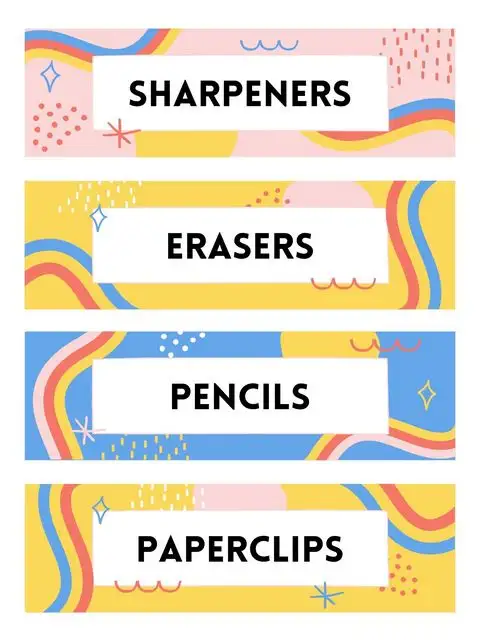
printable classroom labels 05
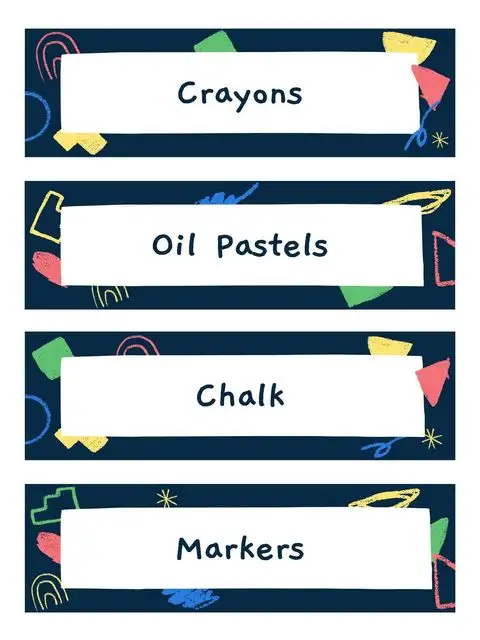
printable classroom labels 06
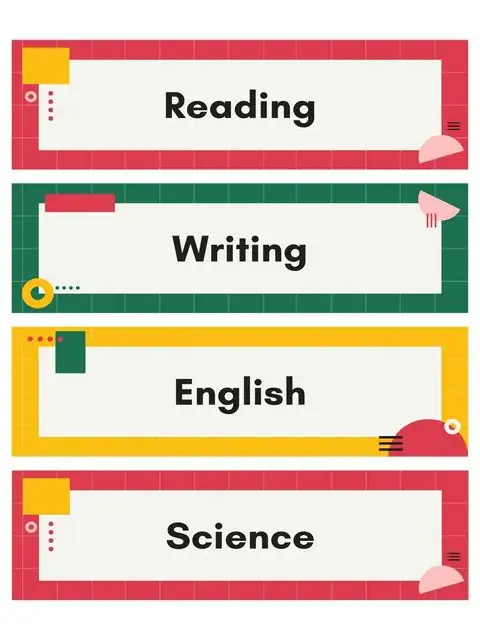
printable classroom labels 07
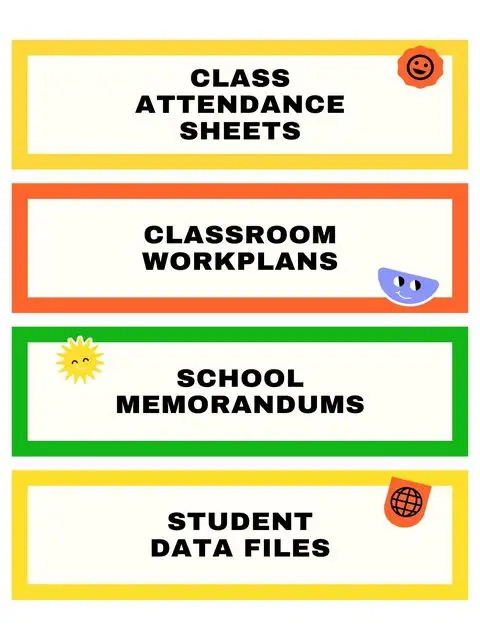
printable classroom labels 08
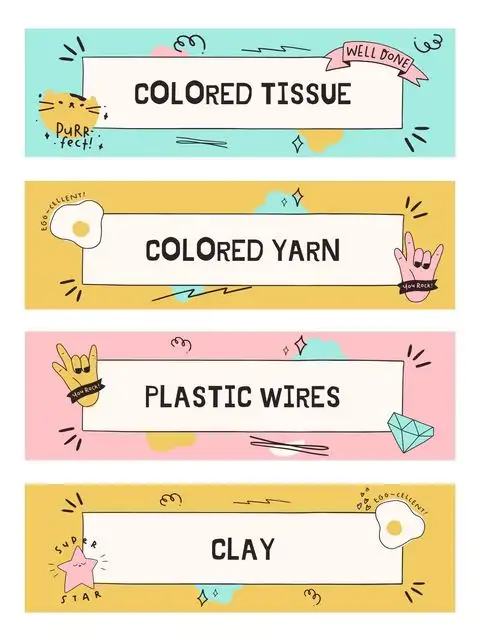
printable classroom labels 09
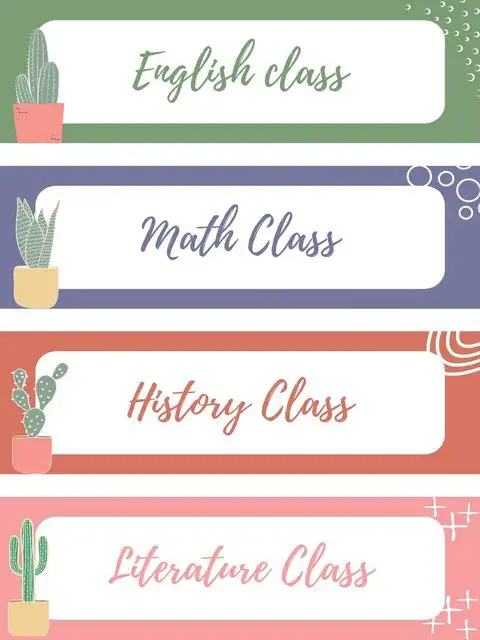
printable classroom labels 10
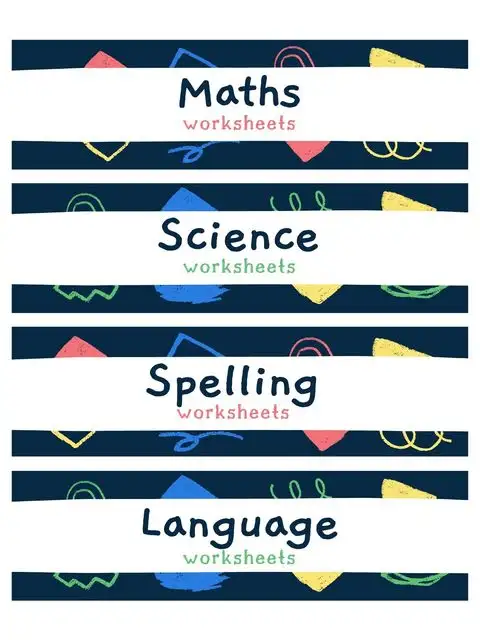
printable classroom labels 11
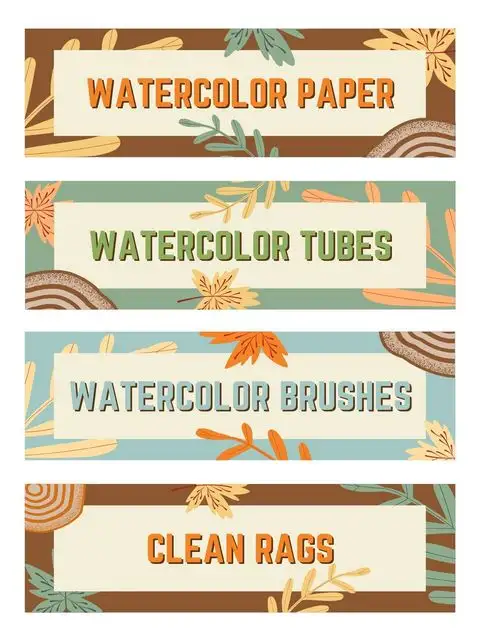
printable classroom labels 12

printable classroom labels 13
What is the history of classroom labels?
The history of classroom labels dates back to the 19th century. The purpose of labelling children was to determine their social class and education level.
The idea of labelling children is not new, but the use of labels has changed over time. The most popular labels are now based on the child’s interests and preferences.
Some examples include:
- STEM Labels: Science, Technology, Engineering, Mathematics
- Arts Labels: Music, Visual Arts, Dance
- Social Labels: Leadership, Service Learning
What are the benefits of using classroom labels?
Teachers use classroom labels to help students organize their work. They can be used in a variety of ways, such as:
- As a way to label the different sections of a paper or project so that students can easily find what they need.
- To help students keep track of their progress on assignments and papers.
- To help students share ideas and collaborate on projects.
What are some problems with using classroom labels?
Some teachers use labels to help students learn, but these labels can be problematic for some students.
Some students can excel in a classroom, while others may struggle because of their labels. Students with disabilities or those who learn differently may not focus on the curriculum because they are constantly being told that they aren’t doing it correctly.
Some educators believe that labelling children are helpful to provide them with a sense of belonging and community. However, some argue that this only creates a divide among the children and makes it harder for them to form relationships.
What are some examples of classroom labels?
Some classroom labels help students identify their interests, talents and strengths.
There are a number of different labels that can be used in classrooms. Some examples include: creative, emotional, analytical, social and technical.
When can you argue that a teacher should not use classroom labels?
In the United States, it is illegal to use racial slurs or other discriminatory languages in the classroom. However, there are instances when a teacher should not use classroom labels. The most important time is when a student who identifies as transgender identifies as male or female.
Students should be allowed to choose their own gender identity and should not be forced to identify as something else because of what others think they should be.
How can classroom labelling be made easier in the future?
The future of education is an exciting one, and it is seen as a way of preparing students for the workforce and future careers. Many schools are now using technology to make classrooms more interactive and engaging, and one way they do this is by labelling each student’s work in their unique way.
The future of education includes teaching students how to learn, not just what to learn. With the help of technology, educators can easily identify which skills each student has mastered and teach them accordingly.
How are they used in schools today?
The use of labels in schools is a controversial topic. Some argue that labels categorize students and restrict their opportunities, while others say labelling helps people understand how they can best help students.
The debate over the use of classroom labels is still going on today. However, the use of labels in schools has changed over time.
